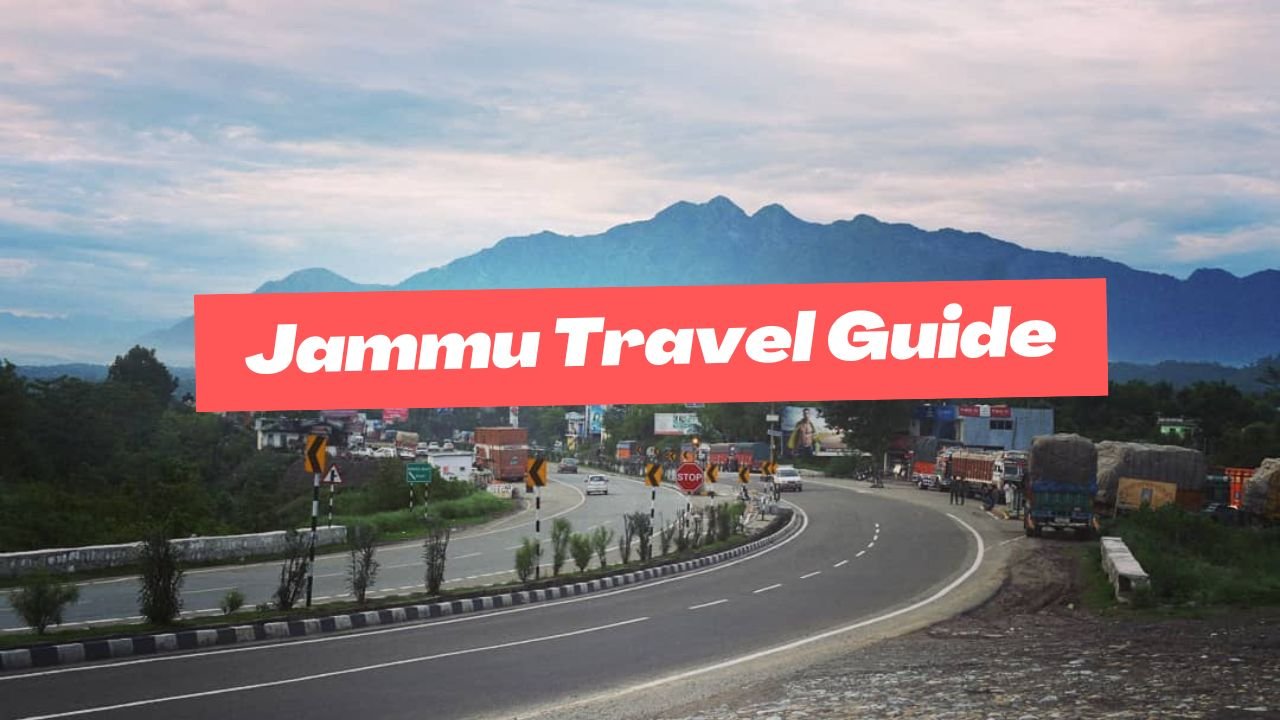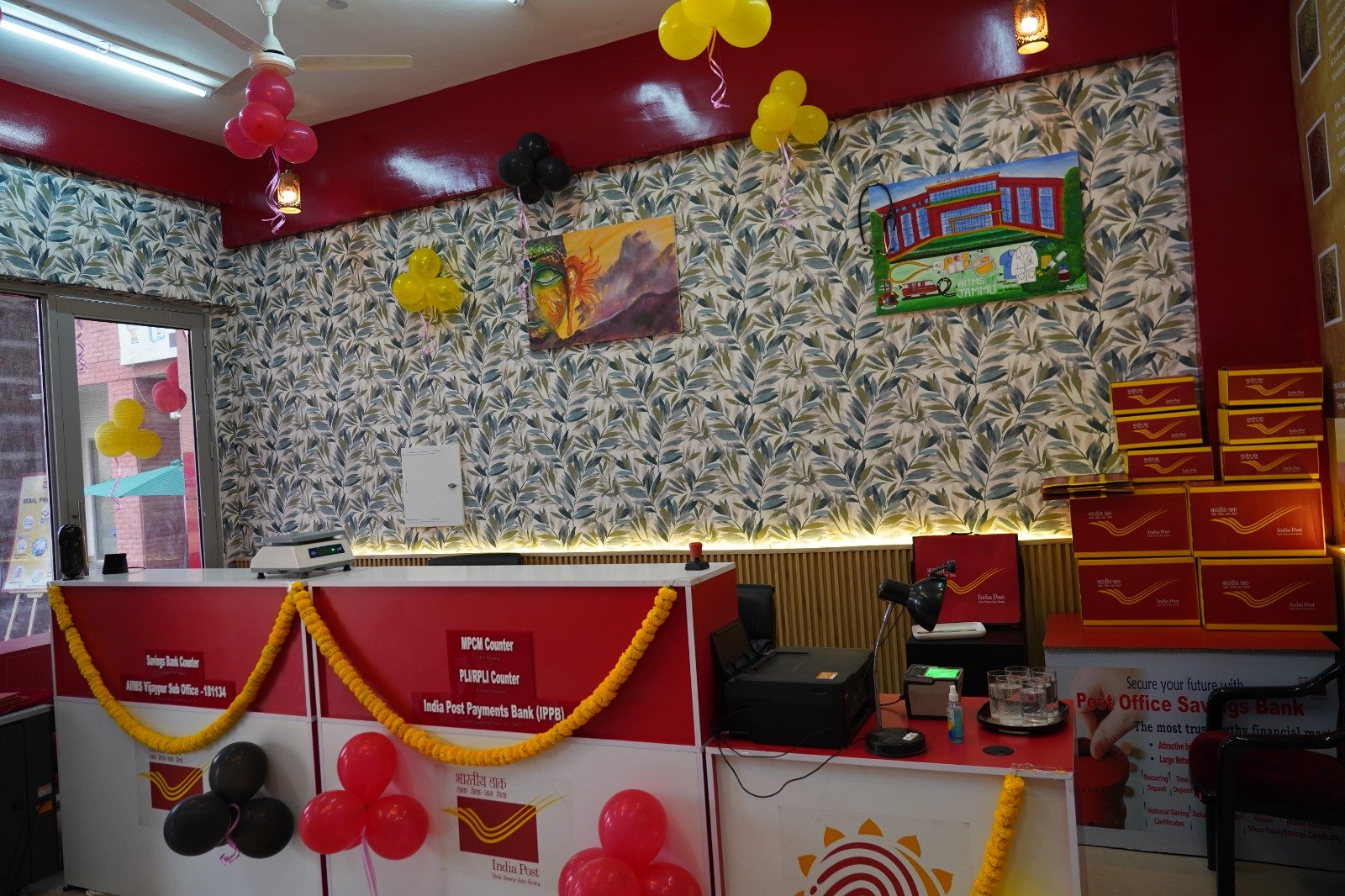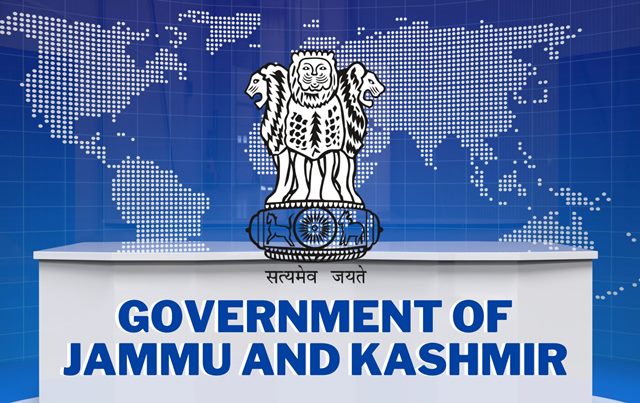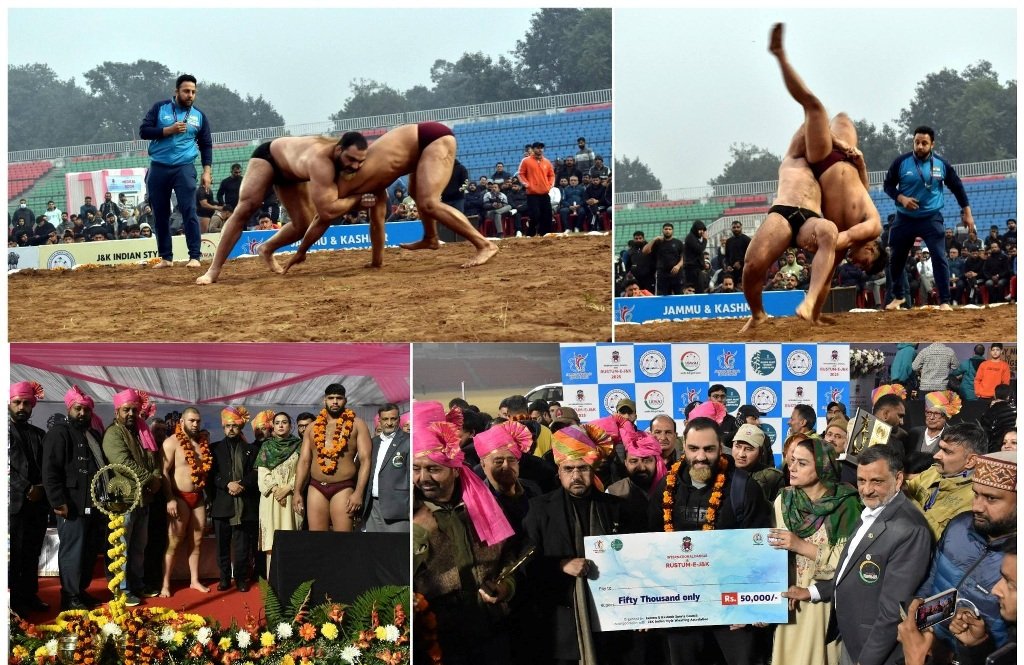India’s Highest Railway Bridge: A Marvel Over the Chenab River
The Chenab Rail Bridge, an engineering feat of global stature, stands as the tallest railway bridge in the world, towering 359 meters above the Chenab River. Spanning 1,315 meters in length, it connects the Bakkal and Kauri villages in the Reasi district of Jammu & Kashmir. This critical link is part of the ambitious Udhampur-Srinagar-Baramulla Rail Link (USBRL) project, aiming to integrate Kashmir with the national rail network.
Constructed with state-of-the-art technology, this arch bridge is more than just a structure—it symbolizes India’s technological prowess and commitment to regional development. The bridge is designed to withstand high seismic activity, wind speeds up to 266 km/h, and temperatures ranging from -20°C to +45°C.
Strategic Importance of the Chenab Rail Bridge in the USBRL Project
The USBRL is a national priority project with strategic, economic, and socio-cultural significance. The Chenab Rail Bridge is the centerpiece of this project, providing the vital missing link between the Katra-Banihal sections. Once fully operational, the USBRL will reduce the travel time between Jammu and Srinagar by several hours and make rail travel accessible to millions of residents in the region.
Key Features of the USBRL Project:
- Total Length: 272 kilometers
- Number of Tunnels: 38
- Total Tunnel Length: 119 kilometers
- Number of Bridges: 931
- Estimated Cost: ₹35,000 crore
This bridge plays a critical role in boosting connectivity and enabling seamless transportation of goods and people across the Himalayas.
Boost to Socio-Economic Development in Jammu & Kashmir
The operationalization of the Chenab Rail Bridge is set to revolutionize transportation and open up new opportunities for socio-economic growth in Jammu & Kashmir. Villages once isolated due to poor connectivity will now witness greater access to education, healthcare, and employment.
Expected Socio-Economic Benefits:
- Tourism Growth: Easier access to Kashmir’s scenic locations will enhance domestic and international tourism.
- Agricultural Prosperity: Local farmers can transport their produce to wider markets quickly, improving their income.
- Skill Development: Railway operations and maintenance will generate new jobs and skill training opportunities for the youth.
- Industrialization: Better logistics will attract investments in manufacturing, horticulture, and handicrafts.
This bridge is not merely infrastructure—it is a transformative engine for economic integration and regional empowerment.
Security and Strategic Significance
In addition to its civilian benefits, the Chenab Rail Bridge holds immense strategic importance. It allows faster movement of defense personnel and equipment to the border areas, strengthening national security in the sensitive region.
The bridge is built with tamper-proof steel and can handle heavy artillery transport. It also includes a sophisticated monitoring system to assess wind speed, vibrations, and seismic activity in real time.
Engineering Excellence and Construction Challenges
Built by AFCONS Infrastructure, under the aegis of Indian Railways and Konkan Railway Corporation, the Chenab Bridge overcame some of the most formidable challenges in modern construction. The rugged Himalayan terrain, extreme weather conditions, and geological unpredictability made this project a test of endurance and innovation.
Green Construction and Sustainable Practices
The Chenab Rail Bridge project emphasized environmental preservation and sustainability. Construction activities were planned with minimal impact on the Chenab River and surrounding biodiversity. Waste disposal, air quality monitoring, and afforestation drives were rigorously implemented.
Energy-efficient equipment, LED lighting, and water conservation systems have been integrated into the operational framework to ensure long-term sustainability.
Enhancing Jammu & Kashmir’s Integration with India
The bridge symbolizes a deeper message—uniting Kashmir with the rest of India. For decades, the region remained dependent on treacherous road travel through mountainous passes. The Chenab Rail Bridge, and the USBRL project in general, now offer a permanent solution, aligning with the vision of inclusive national development.
Future Expansion and High-Speed Connectivity
With the successful implementation of the Chenab Bridge, the Indian Railways is now exploring:
- Electrification of the USBRL Corridor
- Introduction of Vande Bharat trains in Kashmir
- Development of high-speed rail freight corridors
- Rail-linked logistics parks in Jammu & Kashmir
These future enhancements will further solidify the region’s role as a logistics and tourism hub.
The Chenab Rail Bridge is not just an engineering marvel; it is a symbol of resilience, unity, and ambition. As India enters a new phase of infrastructure-led growth, this bridge marks a defining moment in our journey. By connecting Kashmir to the rest of the nation, we are not just laying tracks—we are paving the path for prosperity, peace, and inclusive progress.
















